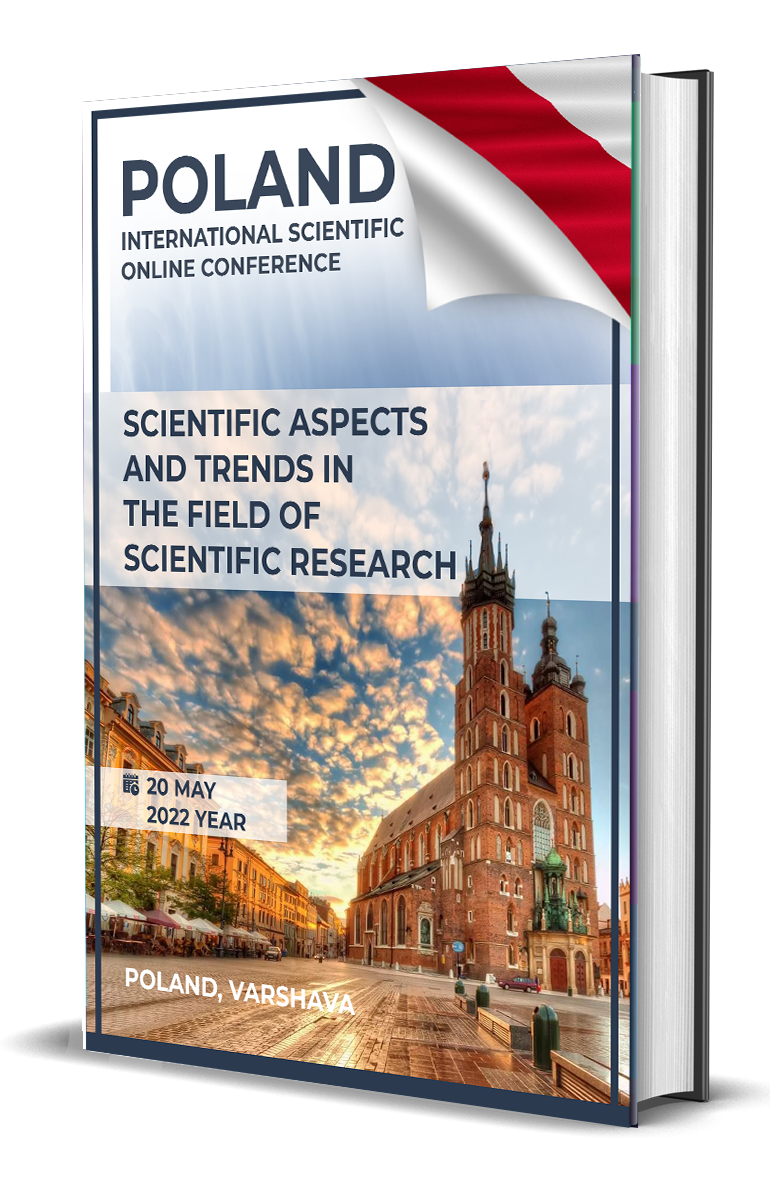ETYMOLOGY OF THE WORD “MOUTH” AND MEANS EXPRESSING IT AS A CONCEPT.
Keywords:
paradigmatics, syntagmatics, paradigmatic/syntagmatic relation, concept, conceptual, linguistic picture, conceptual picture, mouth.Abstract
This article discusses the various means of expressing the nominative field "mouth" in English, examining both its paradigmatic and syntagmatic aspects. It explores the different linguistic devices utilized to refer to the anatomical feature, considering both the semantics and syntax involved. The study delves into the paradigmatic aspects by investigating the lexical choices available in English to represent the concept of "mouth." It explores the range of synonyms, such as "oral cavity," "oral orifice," "lips" and others, analyzing their semantic nuances and contextual appropriateness. Furthermore, the syntagmatic dimension is examined, focusing on how these lexical choices interact within larger linguistic structures. The article explores the usage patterns of specific words and phrases surrounding the term "mouth," examining their placement and grammatical relationships. By analyzing both the paradigmatic and syntagmatic aspects of expressing the nominative field "mouth" in English, this article contributes to our understanding of the lexical and grammatical choices made in the representation of this anatomical feature.
References
Bradbury R. Fahrenheit 451. New York, Published at Ballantine Books, 1996. 158 p.
V.Vositov (2022).Classification theory of Turkic borrowings. “International journal of world languages” Scientific Journal, Tom-1, 11-14
G.Ibragimova (2021). Structural and Semantic Properties of Parenthesis in English Essays. “International Journal of Multireligious Understanding.” Scientific Journal, Tom-8, 163-168
B.Otajonov, A.Ismoilov (2023) “Nominative field of English and Uzbek means expressing the concept of “Mouth”” Organization Committee-153 p
B.Otajonov(2023) “The nominative field of means expressing the concept of “Mouth” in English and Uzbek”. “Journal of Language and linguistics” Scientific Journal, Tom-6, 171-183
Q.Umirzaqov (2012) “Ellipsis in complex sentences as a grammatical and semantic phenomenon in different languages” Филология мэсэлэлэри, Баку, Озарбайжон Республикаси, Tom-6, 321-323
I.Abdullayev(2023) “Characteristics of mutual function of parts of speech in English and Uzbek”, Евразийский журнал академических исследований, Tom-3, 7-10
G.Zaynobiddinova(2019) “The fifteen stages of teaching number for pupils”, "Science and education in the modern challenges of the xxi centure"
R.M.Yaqubjonova (2023) ”Language and culture in english classrooms: greetings, ways of expressing politeness” Наука и инновация, Tom-1, 66-68
Sh. Xamraqulova (2024) “ Unique features of toponymic slangs in English language” SCHOLAR Tom-2, 87-94
M.Abduraimova (2022)“The Importance of Teaching English at Early Age in Pre School-Education” Journal of Pedagogical Inventions and Practices, Tom-6, 55-60
D.Tuxtasinova(2022) “How to teach english language medical engineering specialty students” International Scientific Conference" Innovative Trends In Science, Practice And Education" Tom-1, 157-162
N.Boltaboyeva, N.Latipova (2022) “National And Cultural Variety Of Phraseological Unit Of The English Language.” Herald pedagogiki. Nauka i Praktyka, Tom-2
Sh. Umirzaqova (2022) “Using language experience approach in training TFL.” Scientific Ideas Of Young Scientists | Pomysly Naukowe Mlodych Naukowcow Научные Идеи Молодых Ученых Tom-6, 76-79





